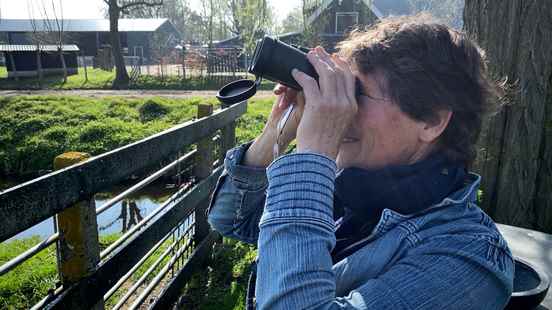Now that most artificially constructed nests are occupied, you also see more and more wild stork nests in trees. Weeping willows are especially popular and an entire colony nests on an estate along the A27 near Maartensdijk. At the end of the 1960s, the stork was almost extinct, but now the animal is again a permanent part of the Dutch landscape. In 2020 there were 1300 breeding pairs in the Netherlands. Even the rare ones black stork has already been spotted this year in Nieuwegein and Maartensdijk, among others. According to Karien, the peat-meadow landscape around Westbroek is simply very suitable for storks. “When the farmers mow the grass, storks always fly after the tractor to pick out the insects and frogs. They are quite opportunistic animals in that regard.”
This is how Karien (64) puts Westbroek on the map as the stork village of Utrecht
